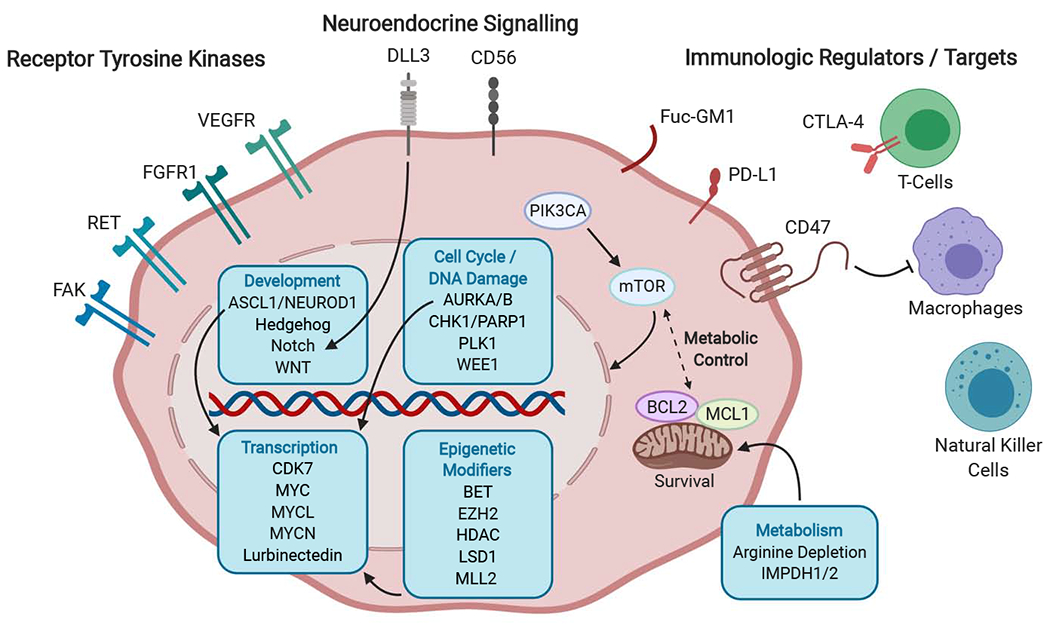Figure 1: Some of the many areas of current therapeutic interest in small cell lung cancer.

Cell surface targets include a number of receptor tyrosine kinases implicated in proliferative signaling, invasion, and angiogenesis; factors regulating neuroendocrine differentiation that are being explored as targets for antibody drug conjugates; immunologic regulators; and targets for tumor-specific vaccine strategies. Intracellular pathways of particular interest include metabolic and apoptotic regulators, cell cycle and DNA damage checkpoint controls, developmental signaling pathways, transcriptional regulators including the MYC family of transcriptional factors, and epigenetic modifiers of histones that affect chromosomal accessibility and gene expression. FAK, focal adhesion kinase; RET, ret proto-oncogene; FGFR1, fibroblast growth factor receptor 1; VEGFR, vascular endothelial growth factor receptor; DLL3, delta-like 3 (Drosophila); CD56, neural cell adhesion molecule 1; Fuc-GM1, fucosyl-monosialotetrahexosylganglioside; PD-L1, programmed death ligand-1; CTLA4, cytotoxic T-lymphocyte associated protein 4; MHC 1, Major Histocompatibility Complex 1; PIK3CA, phosphatidylinositol-4,5-bisphosphate 3-kinase catalytic subunit alpha; mTOR, mammalian target of rapamycin; BCL2, B-cell lymphoma 2; MCL1, MCL1 apoptosis regulator, BCL2 family member ; ASCL1, achaete-scute family bHLH transcription factor 1; NEUROD1, neuronal differntiation 1; WNT, wingless-type MMTV integration site family member; AURKA/B, Aurora kinase A/B; PLK1, Polo-like Kinase 1; WEE1, WEE1 G2 checkpoint kinase; CHK1, checkpoint kinase 1; PARP1, poly-ADP ribose polymerase 1; CDK7, Cyclin Dependent Kinase 7; MYCL, MYCL proto-oncogene, BHLH transcription factor; MYCN, MYCN proto-oncogene, BHLH transcription factor; MYC, MYC proto-oncogene, BHLH transcription factor; EZH2, enhancer of zeste 2 polycomb repressive complex 2 subunit; LSD1, lysine (K)-specific demethylase 1A; MLL2, myeloid/lymphoid or mixed-lineage leukemia 2; HDAC, Histone Deacetylase; BET, bromodomain and extra-terminal domain; IMPDH1/2, inosine monophosphate dehydrogenase 1/2
